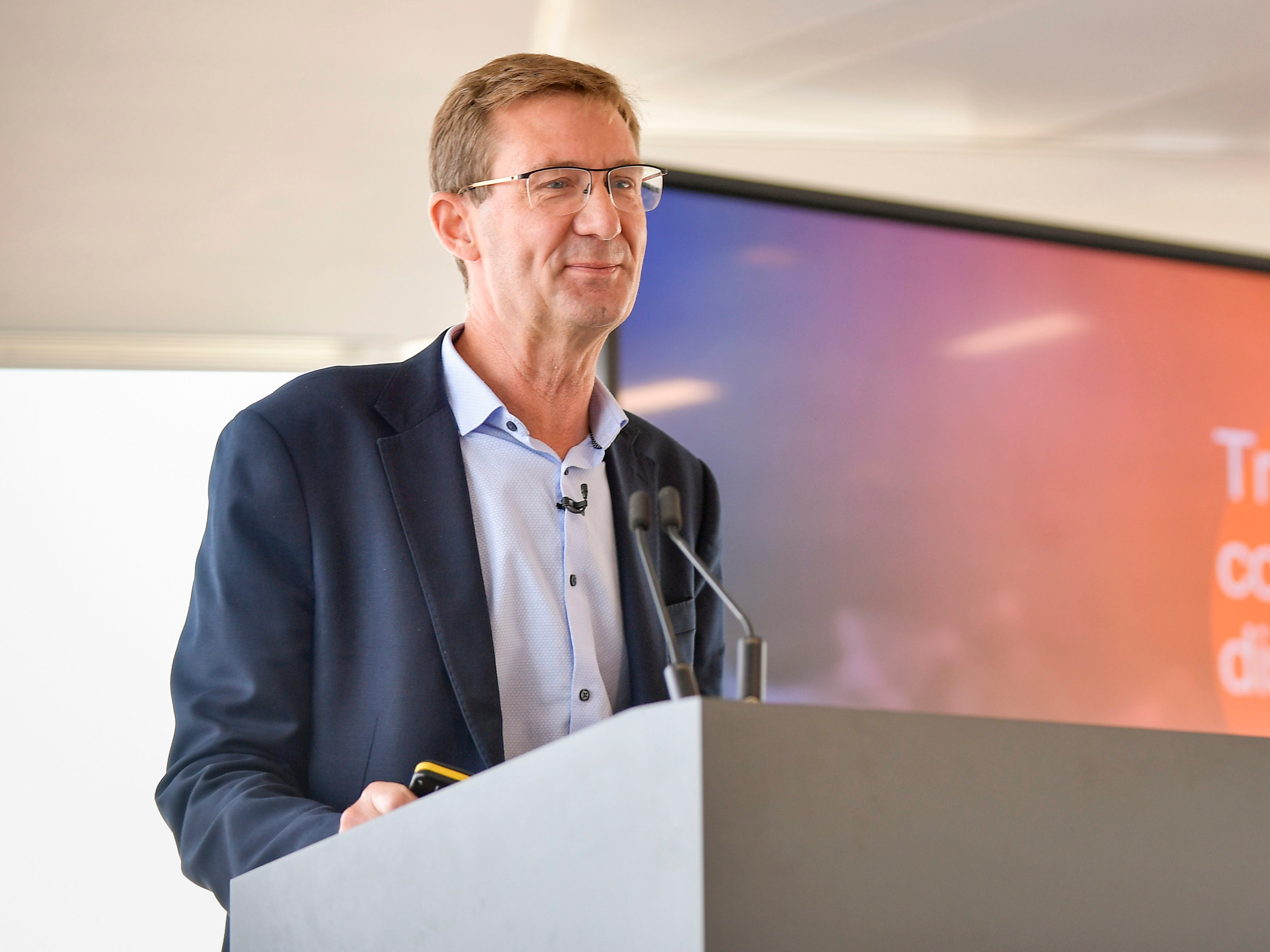
Young people are “more inclined” to pay for news than older consumers as they are used to paying for services like Netflix and Spotify, according to a top industry analyst.
Enders Analysis chief executive Douglas McCabe shared this optimistic message with the Press Gazette’s Digital Journalism Summit last week as he discussed the state of the digital journalism ecosystem in 2018.
“Trust in media is rising, though I appreciate it is not exactly through the roof, and propensity to pay for journalism has grown,” he said. “Young people are more inclined to pay for new services than old consumers.”
Nic Newman (pictured), lead author of the Reuters Institute Digital News Report, also shared the latest research on how people in the UK are consuming news.
He said that while trust remains low – 42 per cent trust news overall and 54 per cent of people trust news providers they use – people trust news they see on social media even less (12 per cent).
Below are key highlights from the slides presented by Newman and McCabe at the PG’s Digital Journalism Summit on Thursday, held in association with News UK and hosted at their London Bridge headquarters.

Social media use for news has doubled over the past five years, while those accessing print products each week have almost halved.

TV news has seen a drop in popularity among under-35s of 11 per cent since 2013, while the number of young people mainly using online news sources including social media has grown by 11 per cent.

“Publishers are under-investing in tablets,” said McCabe. “Tablets are a very good way of browsing… and can also upsell much better than a mobile phone can.”

Half of those surveyed in the Reuters Institute Digital News Report said they directly sought out news content each week, with 50 per cent using “side door access” such as search, social media or aggregators.

Newman said: “We have reached a low point in the quality of news… this is about the difference between journalism and stuff on the internet.”

Facebook is much less important than it was in 2016 as younger people have been attracted by newer networks such as Snapchat, Newman said.

Newman suggested audio is on the rise for news, with 18 per cent now accessing podcasts at least monthly and 7 per cent of people in the UK now using smart speakers, up from 2 per cent last year.

This chart, using data from the Advertising Association and WARC, shows the huge growth in the share of the advertising market of online over the past 15 years, with a sharp decline in ads going to national newspapers and particularly other press.

Only about 10 to 11 per cent of total UK online ad spend goes to content creators and publishers.

Most goes to the Duopoly of Facebook and Google – News UK digital commercial director Ben Walmsley told the Digital Journalism Summit that 90 per cent of growth in the market goes into their hands.

McCabe said the role of editors is now more important than ever to be a critical voice in the digital world and increase trust in high-quality journalism.

McCabe said: “The internet is no longer seen as some separate place where things aren’t paid for as in the real world.”

McCabe charted the “rise and rise” of subscription news with publishers trying a range of models – premium and micro subscribers, and registrations.
The Telegraph’s managing director of commercial growth Dora Michail told the Digital Journalism Summit that “subscriptions are the ultimate form of engagement”.
Email pged@pressgazette.co.uk to point out mistakes, provide story tips or send in a letter for publication on our "Letters Page" blog
